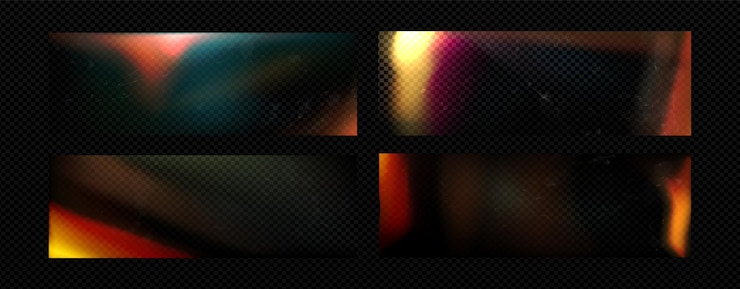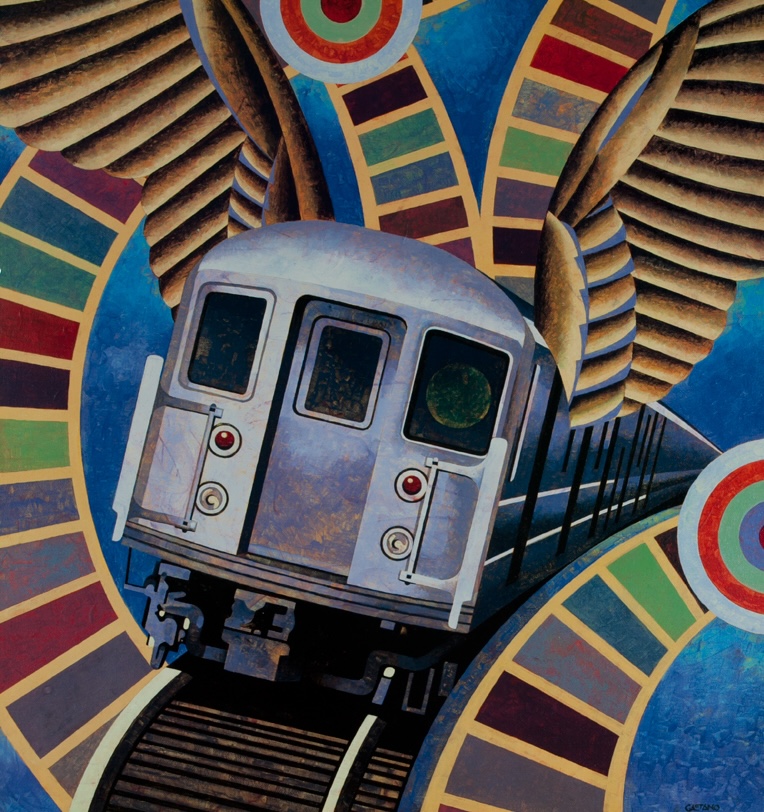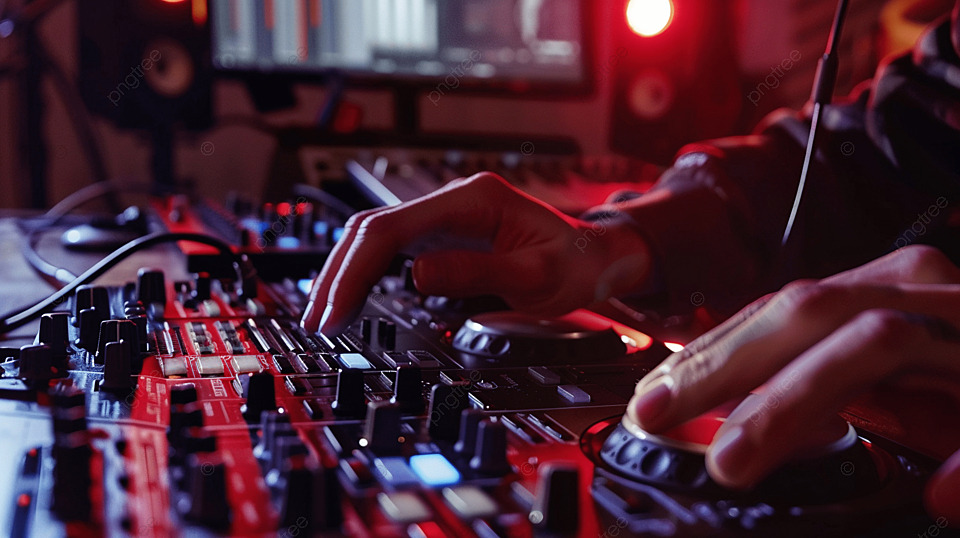Author: RON LE QUAN GOH
Insight Orb
A Desktop Reflection Sphere
It’s easy to fall into routine thinking, at work, in study groups, or during family meals. We need a simple object to shift our perspective.
Components & Design:
- The Sphere:
- Reflective and clear finish, kind of like a crystal ball, divided into four color‑coded spiral bands that inspire different moods.
- Blue
- Green
- Red
- Yellow
- Reflective and clear finish, kind of like a crystal ball, divided into four color‑coded spiral bands that inspire different moods.
- The Gimbal Stand:
- Two rings hold the sphere so it tilts and rotates freely.
- A small fixed frame on the inner ring highlights exactly one prompt at a time with a magnifying glass into the sphere.
- Prompts:
- The prompts are permanently etched into the bands, based on its color:
- Examples:
- “Name one impossibly wild solution.”
- “Imagine a stranger’s perspective here.”
- “Question our biggest assumption.”
- “Recall a past success on this.”
- Accessory Tray:
- A shallow wooden dish beneath the orb holds sticky notes and a pen for jotting ideas.
How It Works:
- Select a Mode: Tilt the orb so the desired color band rotates into the frame.
- Read the Prompt: The single visible prompt appears in the frame.
- Engage: Ponder and jot ideas on the notes.
- Capture Insights: Place key notes in the dish; review them afterward.

Benjamin argues that film represents a break from earlier forms of art, unlike painting or theatre, which rely on the presence of the original, or the continuity of performance. Film is made through fragmentation. Actors perform pieces, scenes are shot out of order, cut, edited, and stitched back together. The final product is something even the actor does not fully control or realise until it is out.
What interests me is how Benjamin connects this process to the idea of “aura”. In traditional art, aura is tied to the uniqueness of it, being present with something original. Meanwhile, film destroys that aura. It can be reproduced endlessly, and every viewer sees the exact same image. At first, this might seem like a loss, but Benjamin sees it as a kind of liberation.
As film is reproducible, it is no longer tied to elite access, it becomes a public art form, one that can be critical, political, and accessible to the masses. Benjamin shows us how technology does not only change art, it changes how we think, see, and even how we define reality.
Today, we are surrounded by videos, livestreams, deepfakes, TikToks, and all forms of reproduced and edited media. Influencers, celebrities, and regular people are performing for a camera, but their image is constantly shaped by filters, edits, and algorithms. Like in film, there is a disconnection between the person and the performance. Benjamin helps us realise that media doesn’t just reflect reality it constructs it. And that means we need to approach what we see with awareness, maybe even with skepticism.
Reading his ideas make me wonder, is anything “authentic” anymore, or are we always performing – digitally mediated, edited, and consumed?
Watching and talking about these different types of animation really made me appreciate how far the medium has come, while also reminding me that some of the most powerful moments in animation come from the simplest ideas. For example, Don Hertzfeldt’s Rejected was chaotic and absurd, but it hit me in a weird way. It was funny, yes, but also unsettling. The crude drawings and random, painful humor made it feel like a meltdown in real time and that vulnerability stuck with me.
Then there’s Logorama by H5, which was visually stunning and overwhelming in the best way. I felt like I was being bombarded by logos, and that was clearly the point. It made me feel both amused and slightly sick. It’s rare that animation makes me question capitalism, but that one nailed it.
Brad Neely’s George Washington was funny in a completely different way: loud, ridiculous, and chaotic. It didn’t try to be polished, and that’s what made it great. The way Neely treats history like a fever dream is oddly freeing, like watching someone scream facts from an alternate timeline.
And going all the way back to the phenakistoscope and thaumatrope, those early experiments blew my mind in a different way. They’re primitive, sure, but they prove that even in the 1800s, people were chasing movement, illusion, and imagination. All in all, watching these animations made me think not just about how animation looks, but how it feels and what it says, even when it’s barely saying anything at all.
The line “All media are extensions of some human faculty—psychic or physical” is one of McLuhan’s most fascinating and unsettling claims. It draws a direct line between what we create and what we are – suggesting that every medium is not just a tool we use, but a literal outward projection or growth of our minds or bodies.
This idea shifts the way I think about media entirely. The book isn’t just saying that media serve us or enhance our lives. It’s saying that media are us, in an extended, externalized form.
What makes this passage so compelling to me is how it erases the boundary between the self and the technological. We like to think of media as separate from us, as things we can pick up and put down. But McLuhan argues otherwise. If media are extensions of our faculties, then every new medium rewires how those faculties operate. We don’t just use media; we become part of them, and they reshape the boundaries of what it means to be human.
That idea feels especially urgent now, when digital media have become so integrated into our lives that they feel like a part of our bodies. Our phones are practically external brains. Social media amplifies the psychic need for connection.
The line holds my interest because it makes me reflect not just on what media do, but what they are, mirror images of our own bodies and minds, carried into the world and then reflected back at us, often changed in ways we didn’t anticipate or realize.

Today, I paid attention to the quiet noises around me that usually go unnoticed.
There was a faint hum from my laptop, a soft background noise that I hadn’t really registered before. The ventilation gave off a light whoosh every few minutes, almost like a slow exhale.
Outside, I could hear the occasional engine whirring from cars passing by in the distance, not too loud but enough to be easily noticeable. My footsteps on the wooden floor made a quiet thud, barely audible.
Even in the silence, there was a gentle hum in the air, probably from electronics or the building itself, blending in with everything else.
It was interesting to realize how many small sounds are constantly present, even when we’re not paying attention.
Reimagining Sound: A Response to The Art of Noise
Reading Luigi Russolo’s The Art of Noise made me rethink my relationship with sound. He argues that industrial noise: engines, machinery, the hum of the city, should be embraced as part of music. At first, this idea felt strange. I’ve always thought of noise as something to block out, usually with my music of choice, not something to appreciate. But the more I read, the more it made sense. The modern world is loud, unpredictable, and chaotic, why shouldn’t music reflect that?
At the same time, I’m not sure I fully buy into the idea that all noise is music. A sirens outside my window at 5 AM doesn’t feel like art, it just feels annoying. But maybe that’s the point. Russolo challenges us to hear the world differently, to notice rhythm in the random, to find beauty in what we usually ignore.
Also, I explored UbuWeb’s sound archive and landed on Williams Mix by John Cage. This piece is built from spliced-together recordings of various everyday noises—city sounds, static, machinery, human voices—all arranged through chance operations. It’s disorienting, unpredictable, and kind of overwhelming. It felt less like music in the traditional sense and more like a raw, unfiltered sound of modern life.
Before this, I never thought of the noise around us as art. Now, I’m paying more attention. I’m not sure I’ll ever love the screech of brakes or the drone of an air conditioner, but I might listen to them differently. And maybe that’s enough.
First Audio
Reading 3 – RiP

RIP: A Remix Manifesto really made me rethink how we define creativity and ownership in the digital age. The way the documentary explores remix culture, especially through Girl Talk’s music, made me realise how much of today’s art is built on reinterpreting and reshaping existing works. It’s frustrating to see how copyright laws, which were meant to protect creators, have been twisted to benefit corporations at the expense of innovation.
One of the things that stuck with me was how historically, even artists we consider “original” were borrowing and remixing from those before them – Disney, for example, built an empire on public domain stories but aggressively locks down its own content. The hypocrisy is hard to ignore. I also liked how the film didn’t just complain about the system but pushed for solutions, like Creative Commons, to create a fairer balance between protection and freedom.
At times, it felt a bit one-sided, but I get why… It’s a passionate defense of a culture that’s constantly under attack. Watching it made me appreciate how much of what I consume daily is influenced by remixing, whether it’s music, memes. It’s a reminder that creativity thrives on collaboration, not restriction.